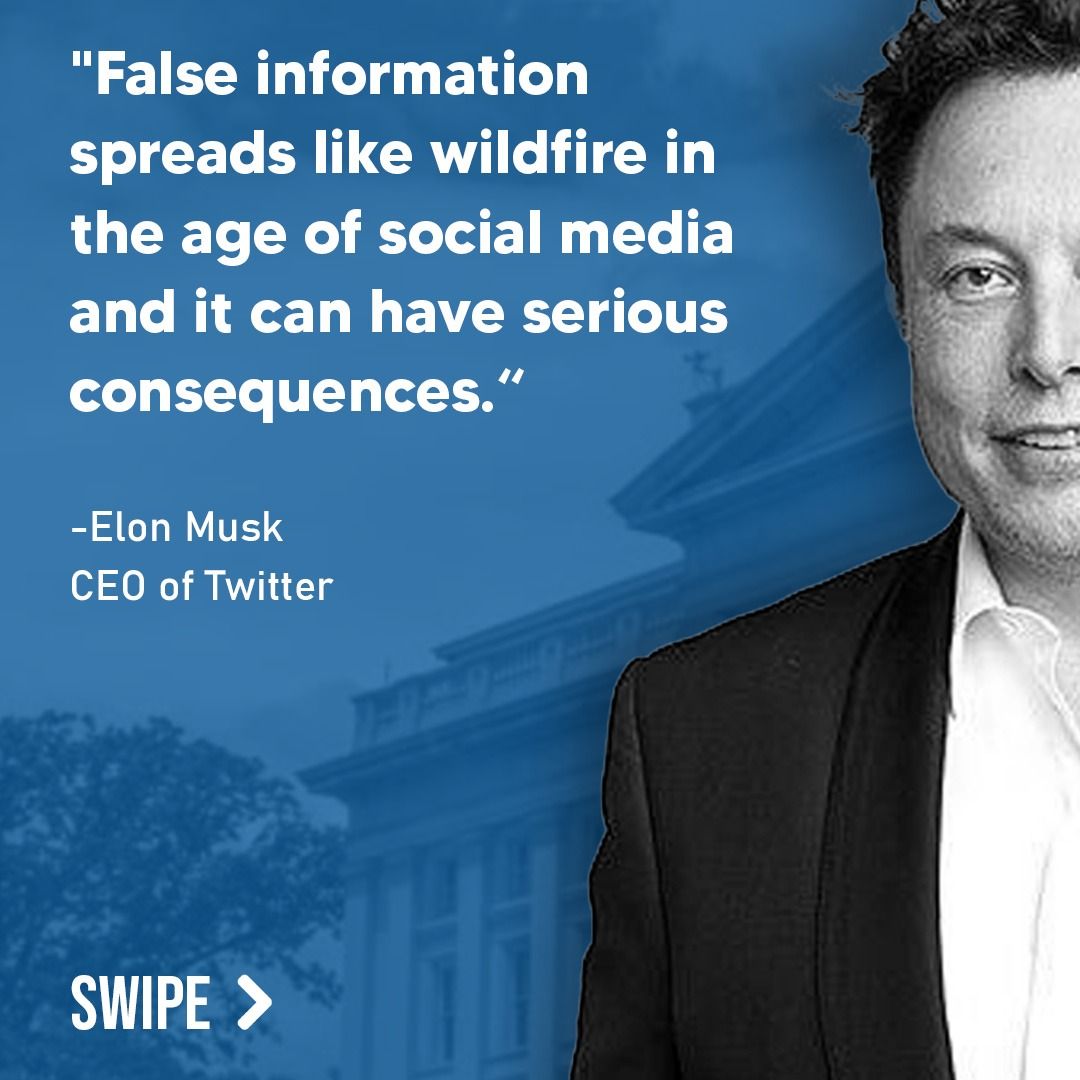
Fact-Check Analysis: Evaluating Claims on the Signal Thread Incident
Introduction
A recent article published by CNBC has sparked controversy, alleging that National Security Advisor Michael Waltz inadvertently added a journalist to an encrypted Signal group where U.S. military attack plans were being discussed. The incident has led to sharp disagreements over what was actually revealed in the messages and whether sensitive security details were compromised. This fact-check aims to verify the claims presented in the article and assess its overall accuracy and context.
Historical Context
Leaks of sensitive national security communications have historically raised concerns about government transparency, press freedom, and national security risks. The use of encrypted messaging apps in high-level government discussions has also been a point of debate, particularly regarding the potential for unintentional disclosure of classified material. The recent controversy involving Michael Waltz and The Atlantic editor Jeffrey Goldberg adds another chapter to this ongoing discussion.
Fact-Checking Key Claims
Claim #1: A journalist was added to a Signal group that discussed U.S. military attack plans.
The article states that Jeffrey Goldberg of The Atlantic was added to a group chat where top Trump administration officials were allegedly discussing military strikes on Houthi targets in Yemen. This claim is supported by Goldberg’s reporting and a confirmation from a National Security Council spokesperson that an unauthorized number was added to the chat. However, White House officials, including Press Secretary Karoline Leavitt, have denied that “war plans” were discussed, adding ambiguity to the nature of the messages exchanged. While evidence confirms that a journalist was indeed added to a government chat, the specifics of what was discussed remain a point of contention.

Claim #2: White House officials denied any classified material was shared in the Signal thread.
The article quotes several officials, including Pete Hegseth and Karoline Leavitt, stating that no classified information was shared in the Signal exchange. Conversely, Goldberg has refuted these denials, insisting in a CNN interview that the chat contained “attack plans.” Without direct access to the messages themselves, there is insufficient evidence to independently verify whether classified details were explicitly discussed. However, the disagreement indicates a substantial gap in interpretation between the administration and the journalist who received the texts.
Claim #3: President Trump blamed a lower-level staffer for adding the journalist to the Signal thread.
President Trump was quoted saying a staffer mistakenly included Goldberg in the group, implying it was an unintentional addition rather than a deliberate act by Michael Waltz. While the National Security Council acknowledged reviewing how the number was added, no official internal investigation results have been released. Given the lack of conclusive information on who exactly was responsible for the mistake, this claim remains plausible but unverified.

Conclusion
While the article accurately reports that a journalist was added to a Signal thread involving top government officials, its characterization of the messages as “war plans” is disputed by White House officials. There is clear evidence that such a chat existed, but without further disclosure of the actual messages exchanged, it is difficult to definitively substantiate whether classified details were included. The claim that a staffer was responsible for the error aligns with Trump’s statement, but no independent verification has been provided. Overall, the article contains verified elements but also presents contested interpretations that lack full transparency.

Encourage Readers to Take Action
Stay updated with fact-based reporting. Download the DBUNK app to fact-check news in real time and ensure transparency in media coverage.
Link to Original Article
Read the Original Article Here

